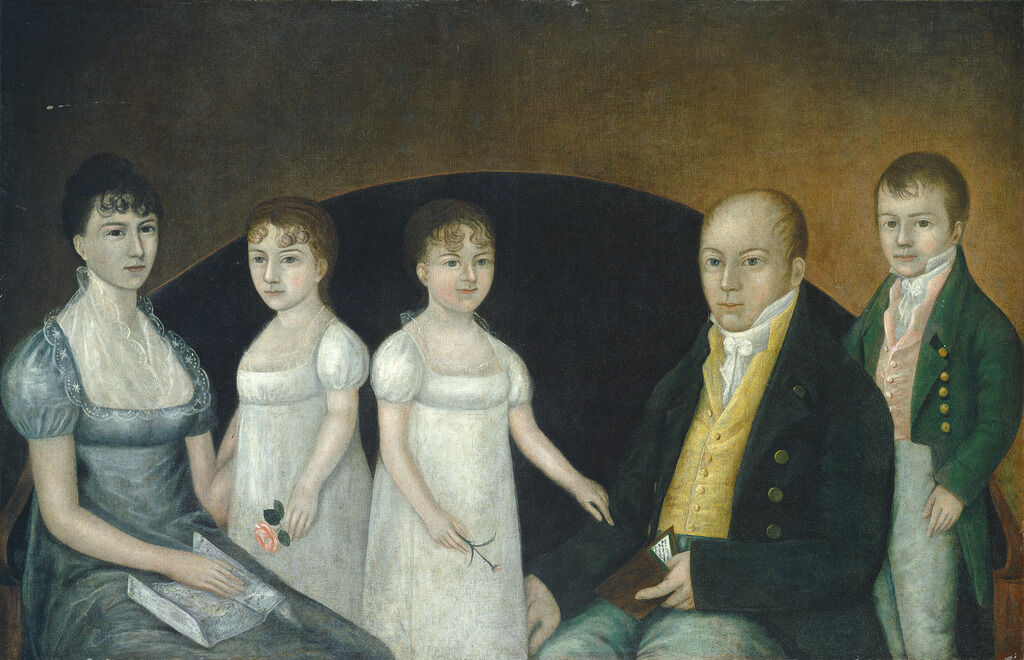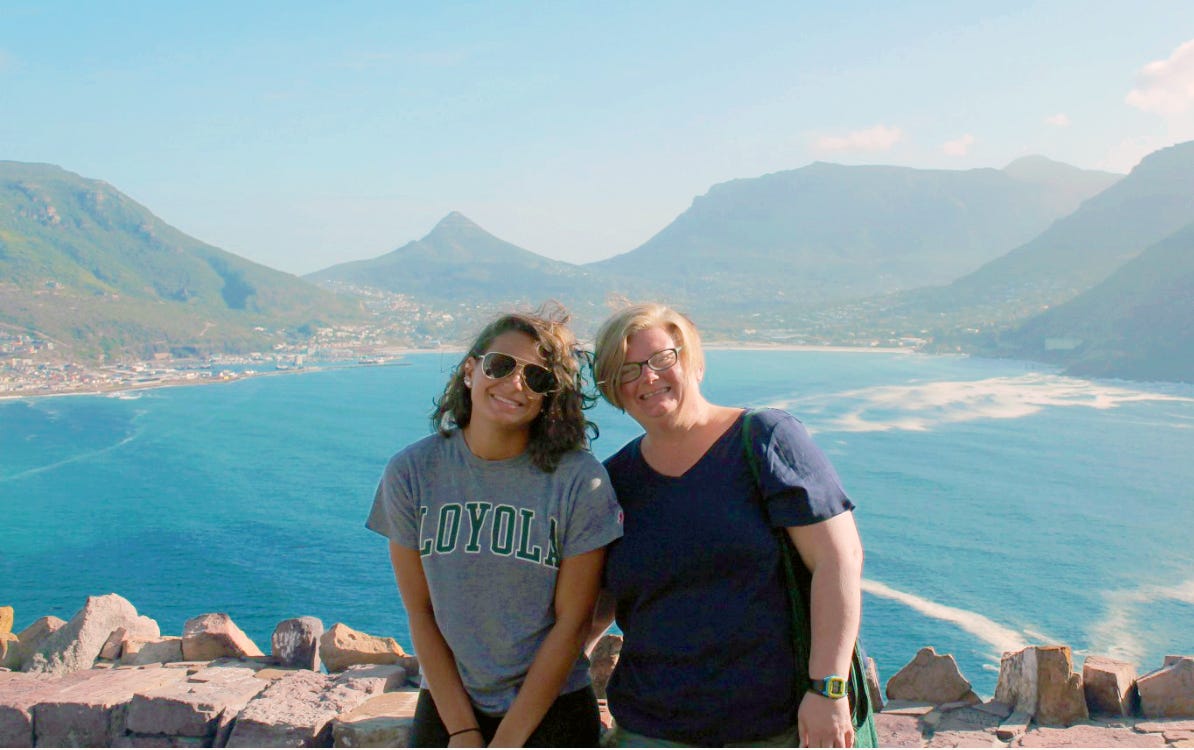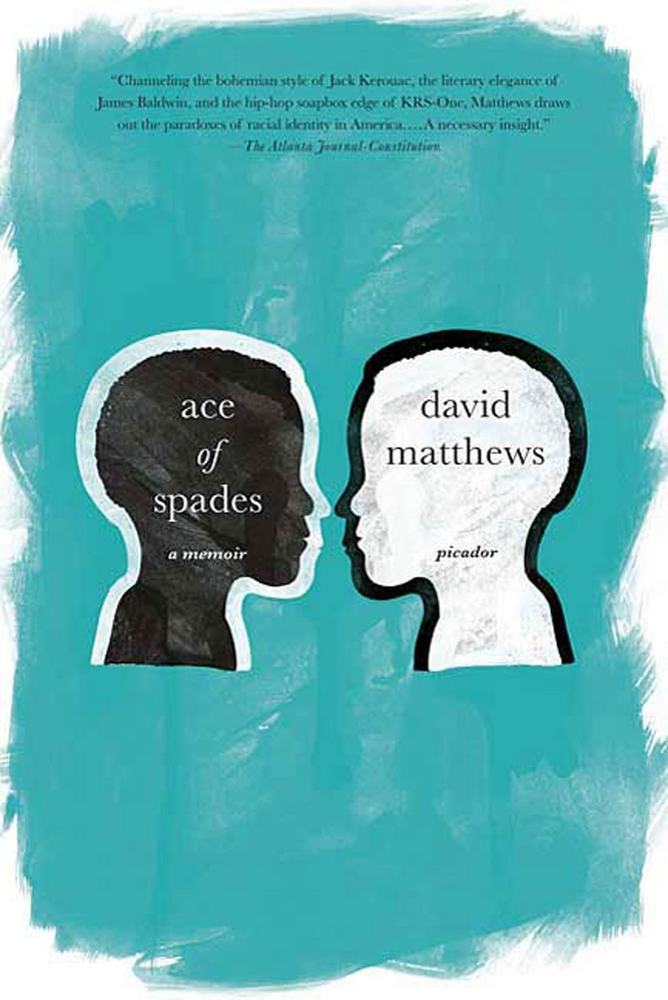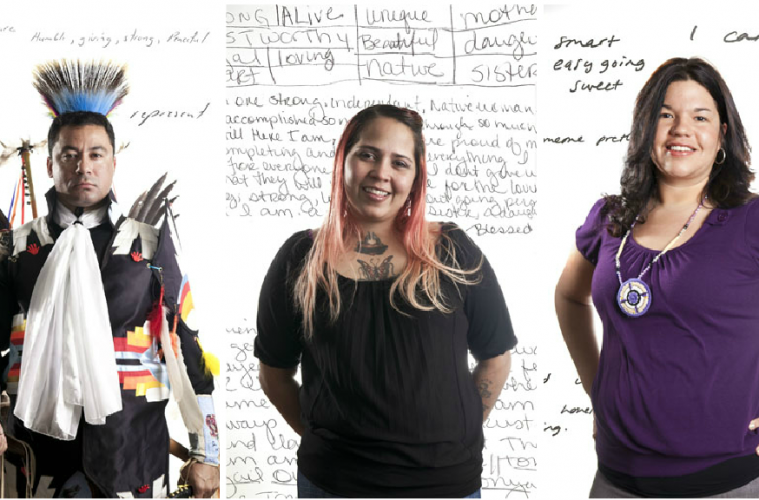Born into Slavery, Joshua Johnson Became the First Black Professional Artist in the United StatesPosted in Articles, Arts, Biography, History, Media Archive, Slavery, United States, Virginia on 2020-07-17 21:06Z by Steven |
Born into Slavery, Joshua Johnson Became the First Black Professional Artist in the United States
Artsy
2020-07-16
Jaelynn Walls, Curator and Writer
Houston, Texas
 Joshua Johnson Family Group, ca. 1800 National Gallery of Art, Washington D.C. |
Historians know woefully little about Joshua Johnson, the first professional African American artist to work in the United States. An active painter in Maryland and Virginia from roughly the 1790s to 1825, Johnson was all but forgotten until the middle of the 20th century. In 1939, Baltimore genealogist and art historian J. Hall Pleasants attributed 13 paintings to Johnson and began the long journey of reconstructing his career through scraps of often contradictory information. Even the artist’s last name is uncertain, and many art historians are still debating whether it was spelled “Johnson” or “Johnston.”
Johnson was born into slavery in mid-18th-century Maryland to a white man and a Black slave woman owned by William Wheeler Sr. Chattel records note his race as mulatto, though Maryland had no legal definition for what constituted “Black” versus “mixed race” at the time. Pleasants located documents variously describing Johnson as a slave, a slave trained as a blacksmith, a Black servant afflicted with consumption, and an immigrant from the West Indies.
While much of Johnson’s history remains mysterious, his special place in art history is assured. The next renowned African American artists to emerge in the United States, Robert S. Duncanson and Henry Ossawa Tanner, followed Johnson by decades…
Read the entire article here.





